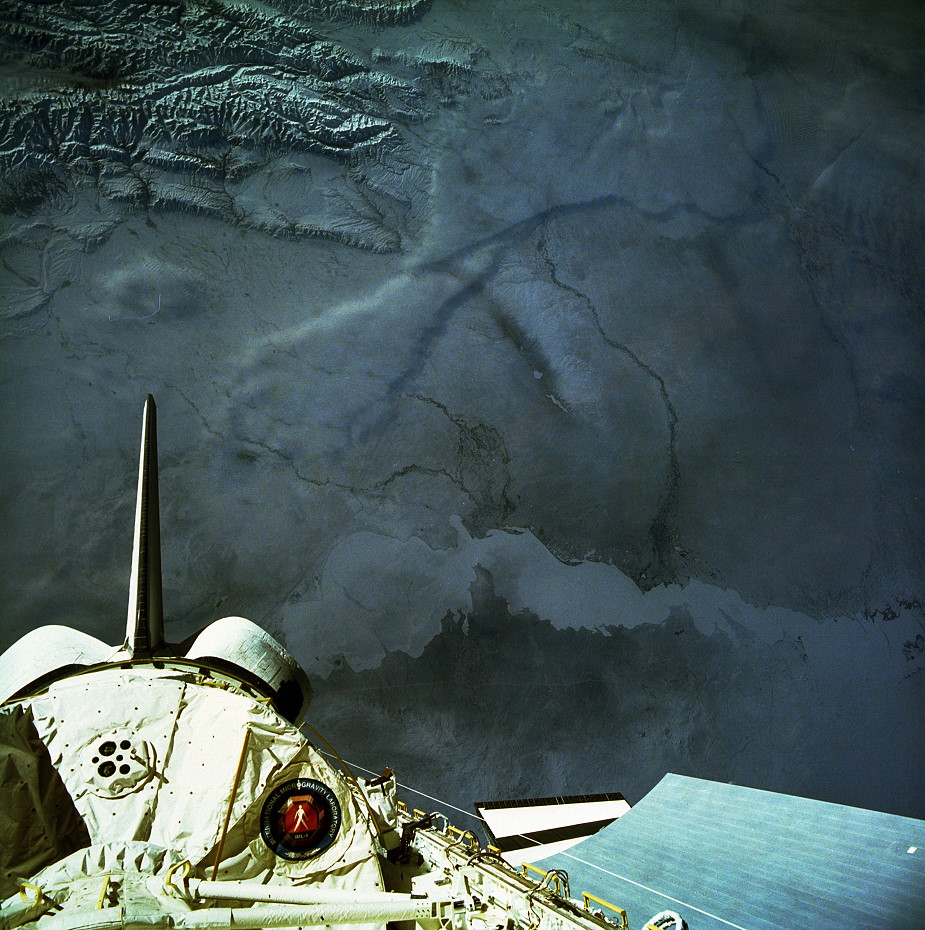30 lat temu w styczniu 1992 roku odbyła się misja
STS-42 Discovery.
STS-42 Mission Highlights Resource Tape. Pt. 1 of 2STS-42 Mission Highlights Resource Tape. Pt. 2 of 2Space Shuttle Flight 45 (STS-42) Post Flight Presentation‘Vibration and Raw Power’: Remembering STS-42’s Mission for Science, 30 Years Onby Ben Evans 25 days ago
 Backdropped by the grandeur of Earth, the Spacelab module was the hub of IML-1 operations throughout the eight days of STS-42. Photo Credit: NASA, via SpaceFacts.de
Backdropped by the grandeur of Earth, the Spacelab module was the hub of IML-1 operations throughout the eight days of STS-42. Photo Credit: NASA, via SpaceFacts.deTo facilitate planning for a mission which was envisaged as an early demonstration of research on Space Station Freedom, members of the IML-1 science crew were named in advance of the orbiter crew and a new astronaut designator was conceived.
In June 1989, veteran astronauts Norm Thagard and Mary Cleave were announced as Mission Specialists and a cadre of four international scientists—Canadians Ken Money and Roberta Bondar, Germany’s Ulf Merbold and Roger Crouch of the U.S.—were selected to train for a pair of Payload Specialist seats. (...)
Within months, however, everything changed. In early January 1990, Commander Ron Grabe, Pilot Steve Oswald and Readdy were assigned as the orbiter crew. “They pushed this press release in front of us and said ‘You have any problem with that?” Readdy recalled. “I had to read it three or four times before I realized what it was. I saw Oswald’s name on there, but my name didn’t pop out.”
Readdy’s first reaction was to congratulate Oswald.
“Well, buddy,” replied Oswald, “you’re going, too!”
But that same month, Cleave resigned her place on the crew “for personal reasons” and was replaced by another astronaut, Manley “Sonny” Carter. Years later, Cleave rationalized that she had returned from her two previous shuttle missions, shocked by the rate at which Earth had succumbed to negative environmental change.
“Cities were gray smudges,” she said. “The air looked dirtier, less trees, more roads.” She opted to rotate out of the Astronaut Office to NASA’s Goddard Space Flight Center (GSFC) in Greenbelt, Md., to work robotic environmental projects. A year later, she became deputy project manager for GSFCs’ Sea-Viewing Wide Field-of-View Sensor (SeaWIFS) mission. (...)
But for the huge success that IML-1 became, the dark chord of tragedy caused by Carter’s death continued to resonate. Late in the flight, Grabe paid tribute to his lost crewmate. “The gold star, shining brightly in our crew patch represents the way that we will always remember Sonny: a radiant figure, illuminating everyone who met him with his warmth, charm and love,” Grabe said. “His multitude of talents and incomparable joy for life will never be forgotten.” (...)
https://www.americaspace.com/2022/01/22/vibration-and-raw-power-remembering-sts-42s-mission-for-science-30-years-on/https://science.ksc.nasa.gov/mirrors/images/html/STS42.htmhttps://ui.adsabs.harvard.edu/abs/1992sts..reptU....F/abstracthttps://www.esa.int/Science_Exploration/Human_and_Robotic_Exploration/Spacelab_International_Microgravity_Lab_IML-1https://www.nasa.gov/mission_pages/shuttle/shuttlemissions/archives/sts-42.htmlhttp://www.spacefacts.de/mission/english/sts-42.htmp
https://www.forum.kosmonauta.net/index.php?topic=800.msg101274#msg101274